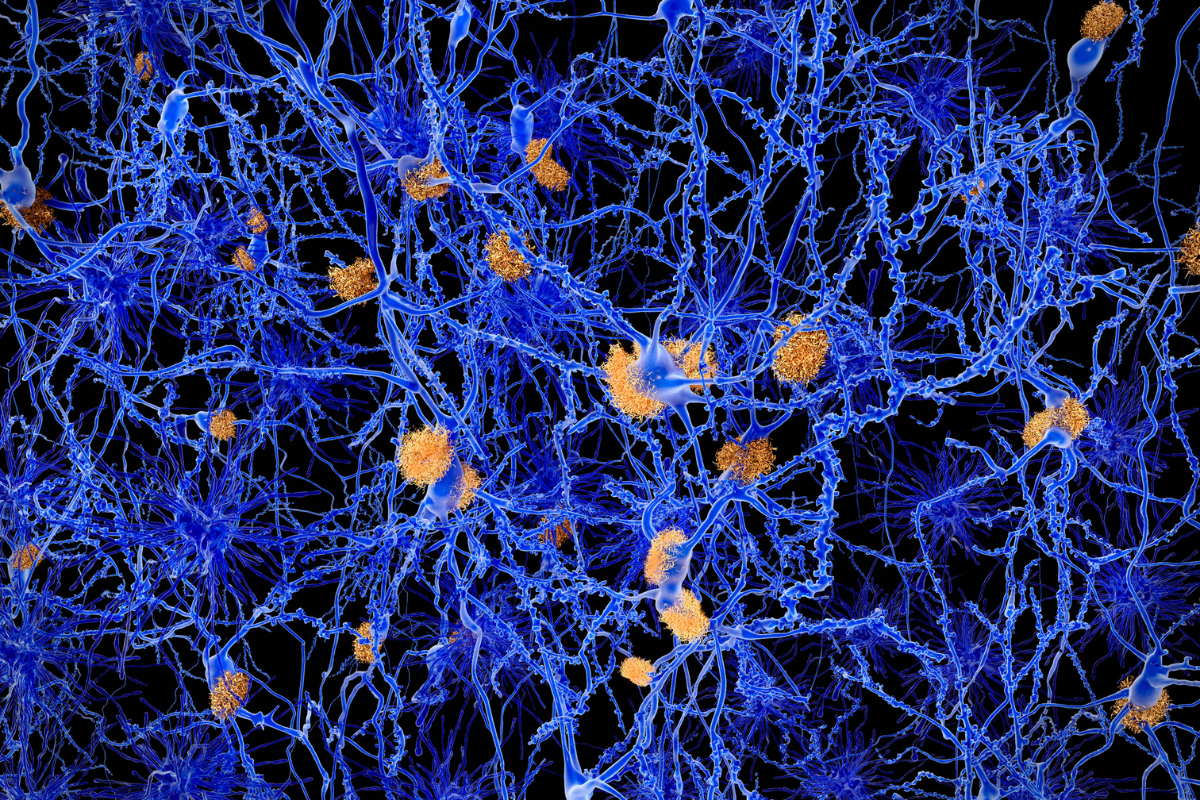Keck Team Integrate Multi-Omics with Environmental Data for Precision Environmental Health

A team from the Keck School of Medicine at the University of Southern California (USC) have used multi-omic data in a new framework to better understand environmentally caused diseases.
The advancement of multi-omics has been able to paint a detailed picture of the many layers that make up the workings of the human body. Now, this study aims to integrate data from both inside and outside the body, incorporating information about the environment with multi-omics data.
Precision environmental health aims to examine the factors in the built and natural environment which impact human health. The field aims to both create healthier surroundings and identify at-risk populations.
Assistant Professor of Population and Public Health Sciences and lead author of the paper published in Environmental International, Jesse Goodrich told MedicalXpress: "To showcase how our proposed methods can be used towards precision health investigations, we carried out a study examining how mercury exposure in utero might impact the risk of developing liver injury in childhood."
"Previous research has shown that prenatal mercury exposure increases the risk of liver injury, but the biological mechanisms and pathways have not been well understood."
In particular, the team wanted to identify novel biomarkers of prenatal mercury induced Metabolic dysfunction-Associated Fatty Liver Disease (MAFLD) and better understand the molecular pathways that link the prenatal mercury exposure to that disease.
Goodrich said: "This approach identifies signatures in the blood, in this case MAFLD, that signal whether or not you are at risk for certain diseases based on your previous environmental exposures."
He further explained how he and his team “identify biological mechanisms of how environmental factors actually cause disease."
Based on these data, they can then begin to use their framework to identify children of high risk for MAFLD based on their exposure and multi-omics data. "This method is closely related to precision medicine, which uses genetics to predict disease outcome, but in precision environmental health, we are combining biological and environmental factors," he said.
Goodrich further commented that the combination of multi-omic and environmental data in analysis will broaden the horizons of precision environmental health. Not only will it provide much needed understanding about how environment-related diseases develop, but it will also enable methods for the detection of high-risk patients. Furthermore, it will inform the development of new precision medicines for the treatment and prevention of said diseases.







